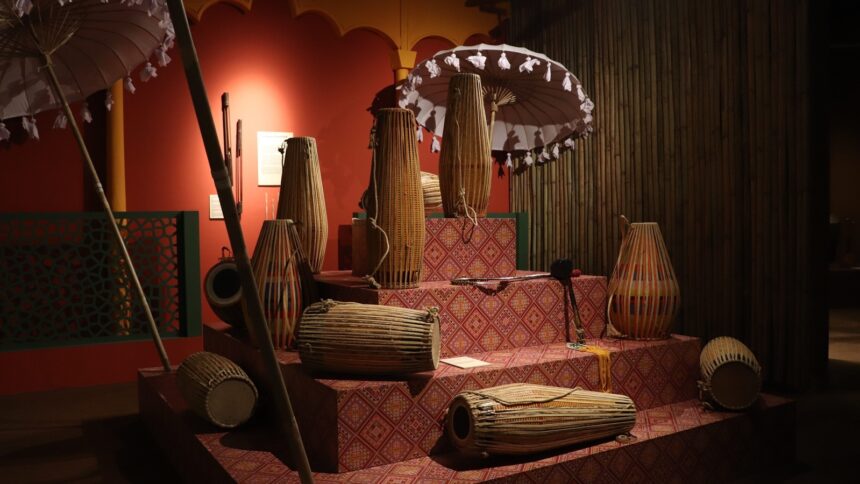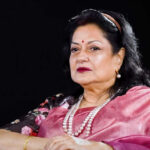Photo artist Dayanita Singh often credits tabla maestro Zakir Hussain as her mentor. She was still a student at the National Institute of Design when she first encountered him. Travelling with him and his peers through the ’80s led to her first book, a graduation project, in 1986. Over the years, she photographed him innumerable times, as he became an intrinsic part of her life and art. Now months after he passed away in December 2024, Singh is paying him a tribute in Birmingham.
“Zakir Hussain Maquette” is one of the several highlights of the Serendipity Arts Festival Mini Edition that is on in Birmingham till May 26. The outreach is part of the multidisciplinary festival’s tenth anniversary celebrations. Expanding its global outreach, over the next few months, it will travel to 10 cities, including Dubai. Smriti Rajgarhia, Director, Serendipity Arts Foundation, states, “As we mark the 10th milestone edition of Serendipity Arts Festival, we see this not just as a moment to celebrate, but as an opportunity to evolve. This edition is a way of looking back at a decade of building one of South Asia’s largest multidisciplinary arts festivals while taking it forward in the world, to new regions and audiences… While selecting international locations, we were identifying cities where vibrant communities, dynamic public culture, and thriving creative ecosystems intersect.”
Birmingham and Dubai, Rajgarhia notes, became “natural choices”. “Birmingham has a rich artistic legacy with iconic cultural venues and a significant history in the performing arts. Added to this is a large South Asian diaspora… Later this year, we plan to travel with a slice of the Festival to Dubai. In the last few years, the burgeoning arts scene in the UAE has attracted art collectors, patrons, local visitors, international tourists and galleries, making it a meaningful choice for us to have a presence there.”
Being held at Birmingham City University, the festival also involves its students, who are participating in the workshops and engaging with curators and artists. At the heart of the Mini Edition’s programme is “Thumri in the Chamber”, exploring the layered beauty of the semi-classical Hindustani vocal form that embodies poetic storytelling, improvisation and emotional depth.
The musical line-up also includes Portuguese-Goan music by Zubin Balaporia and Nadia Rebelo, and ghazals and Bollywood classics by Priyanka Barve and Sarang Kulkarni. A documentary directed by Sumantra Ghosal on Zakir Hussain’s musical journey will be screened along with a curated selection of films on Indian music by Dharmesh Rajput.
Also on display will be ‘Eternal Echoes’, archival images of Indian musical instruments from the collection of Sunil Kant Munjal, curated by Helen Acharya, “highlighting the craftsmanship and cultural legacy of Indian music”. Rajgarhia states, “The curation for Birmingham was very context-driven. In Goa, we have the luxury of time and scale with 10 days, 20-plus venues and over 150 projects; we’re able to build a truly immersive experience that spills into the city. In contrast, the Mini Edition in Birmingham is a more focussed, four-day format, and so the approach had to be precise and layered. We curated projects that reflect the values of SAF — interdisciplinary, experimentation, and accessibility, but also ones that could resonate deeply with local and diasporic audiences.”
While Goa will continue to be the flagship edition, the tenth anniversary year will also see select programming in , Jaipur, . “We like to explore how the differences in each city, its character, diverse people, artistic collaborations, and eclectic socio-cultural influences shape our festival. Rather than simply touring with the same set of events, each city will have different programmes, some of which have been showcased in the past. They’re curated in the context of the location. Some core projects may travel from one city to another, especially those that can adapt across formats. But each edition will also include region-specific collaborations and programming. The goal is not uniformity, but cultural resonance,” adds Rajgarhia.








